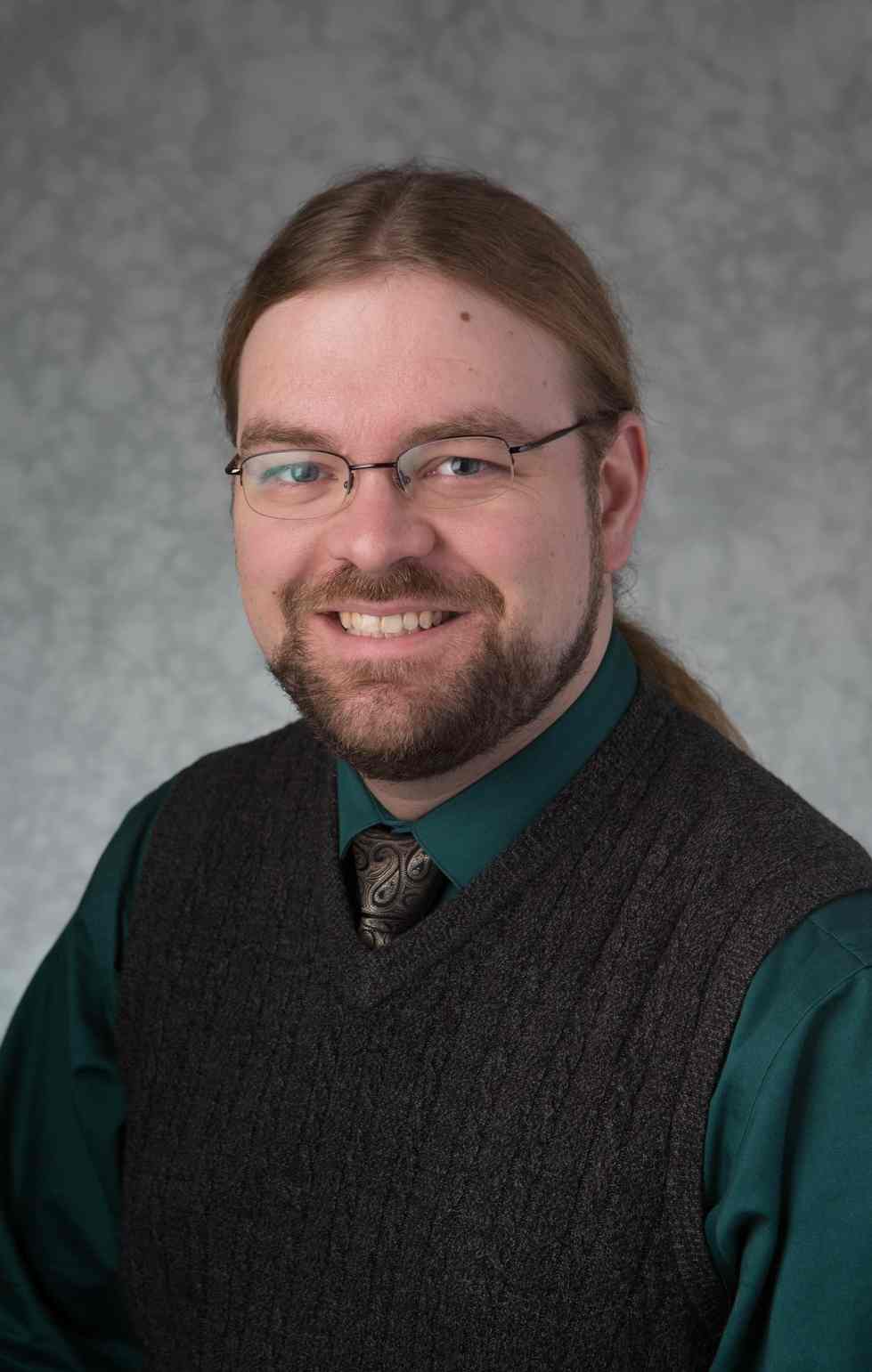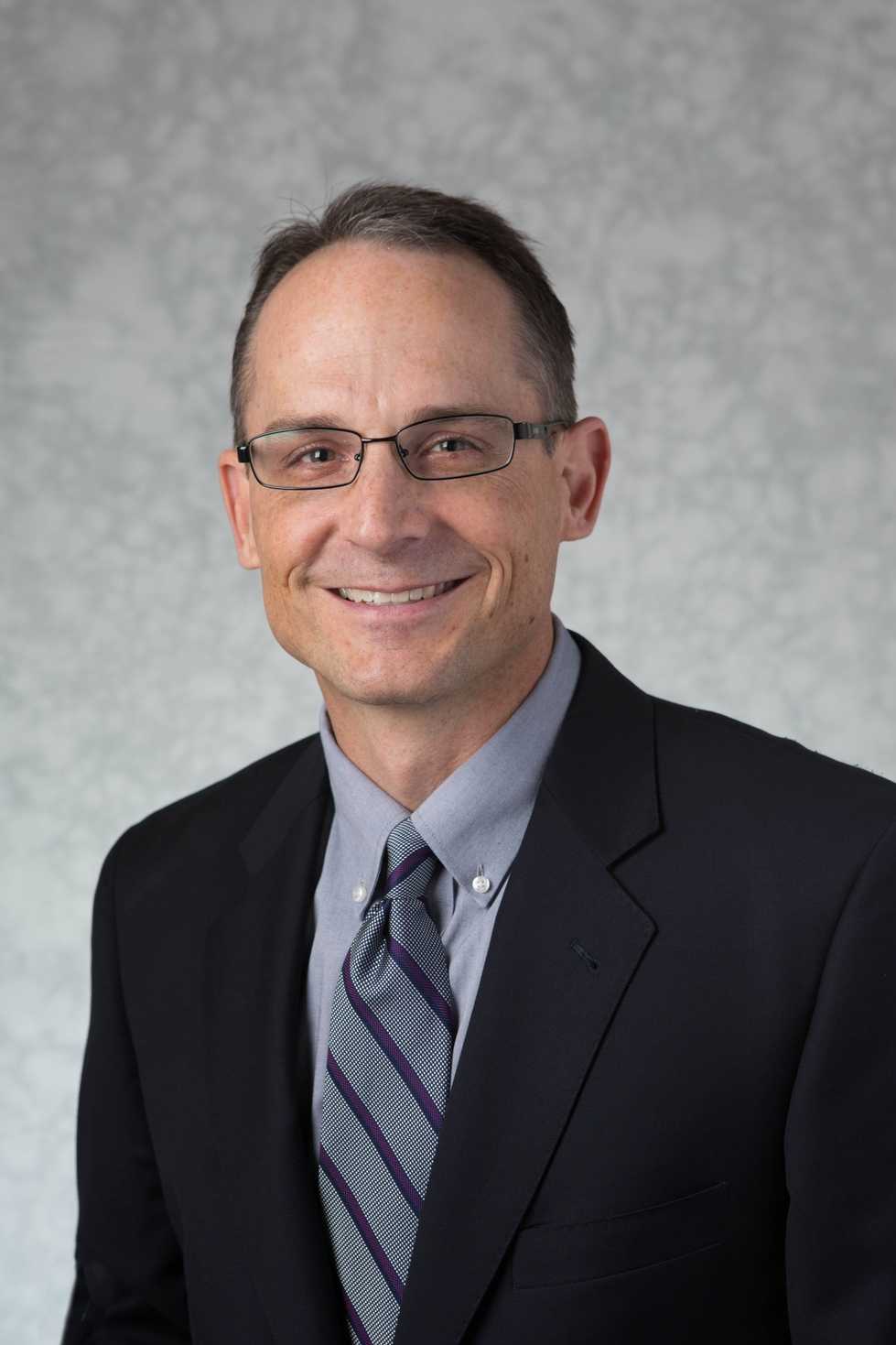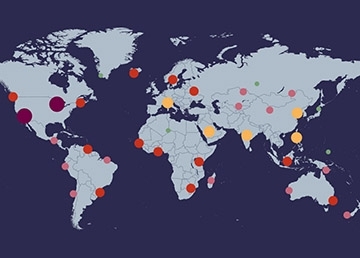Knowledge for all
Initiative promotes free learning materials for students, flexibility for faculty
by Matthew Makowski
When Matt Ruen attended college as an undergraduate student, he shared books with friends and repeatedly checked out materials from the library for hours at a time, all to dodge high costs of academic textbooks.
“I made those choices knowing I wouldn’t learn as much and that it would be more difficult for me to get the same results out of my education,” recalled Ruen, University Libraries scholarly communications and outreach coordinator. “That was my preferred alternative to finding another $200 to pay for a textbook.”
The National Association of College Stores estimated that the average college student spent approximately $600 on textbooks for the 2015-2016 academic year. That number does not include supplemental course materials that may be required or books with above
average costs (some individual books can cost between $200-$400).
Ruen is working with a team at Grand Valley dedicated to decreasing the cost of textbooks and other materials through the Open Educational Resources (OER) initiative.
By the numbers
• 10,500 publications in ScholarWorks.
• 171,905 book downloads from March 2012– February 2017.
• 13 created by GVSU faculty, primarily textbooks.
• 68,571: The number of times “Mathematical Reasoning” by Ted Sundstrom, professor of mathematics (retired), has been downloaded as of February.
• 3 million people in 164 countries have downloaded texts from ScholarWorks@GVSU since 2008.

Matt Ruen, University Libraries
OER initiative
The initiative encourages faculty members to incorporate educational materials into their curricula that are “open” — meaning they are free to use, have few or no access restrictions and can be liberally mixed, customized and adapted to meet user needs. These can include single activities, supplemental readings, online videos, full textbooks and much more.
“Textbooks are only one part of the overall cost of education, but even so, OER can help make college more affordable and accessible to all students, and that’s a move in the right direction,” said Ruen.
Participants from University Libraries, Center for Scholarly and Creative Excellence, Pew Faculty Teaching and Learning Center, eLearning and Emerging Technologies and GVSU Laker Store are breathing life into the initiative, which officially began in 2015.
“Each of our units already provides services and resources that can help faculty members create and use OER, but we have not previously linked these services together,” Ruen said. “If we can provide faculty members and students with more options for accessing materials they are using, everybody benefits.”
Student support
Steven Henley, a junior with a double major in political science and communications, leverages his position as a member of the Student Senate’s Committee of Educational Affairs to help promote the benefits of OER on campus. Henley has been regularly meeting with heads of various departments at the university to discuss the initiative.
“I want to help provide options that enhance students’ education without breaking their banks,” said Henley. “What I’ve found is that most departments are already taking strides toward lowering the cost of textbooks for their students through online texts or older editions of books.”
“I want to help provide options that enhance students’ education without breaking their banks.” Steven Henley, Student Senate
In October, Henley joined forces with Malayna Hasmanis, vice president of Student Senate’s Committee of Educational Affairs. Together, they linked Grand Valley with the global OER awareness event, International Open Access Week, through various campus events and workshops.
“It is imperative that students have access to open resources so we can be empowered in our education, and allowed to expand our knowledge in order to become the best versions of ourselves,” said Hasmanis.
Flexibility for faculty
Faculty members can choose from a wide range of existing OER when crafting their curricula, but they can also create the materials themselves, alleviating the need to work with big publishing houses.
Since 2008, the campus community has added its own works to ScholarWorks@GVSU, the university’s open-access repository, which is currently home to more than 10,500 publications.
Why use OER?
LOWER COST TO STUDENTS: Makes education more accessible, sustainable, flexible and effective.
FLEXIBILITY FOR FACULTY: Equals and exceeds the quality of traditional, commercially published course materials; customizable to fit the needs and context of individual courses.
BREAKS DOWN BARRIERS TO KNOWLEDGE: “Through support for OER, Grand Valley is putting more information in the hands of more people ... so that they can learn more, contribute more ... make more discoveries, and create more ideas to benefit future generations.” Matt Ruen
The documents in the repository have been downloaded more than 3 million times from people around the world.
Three professors, Matt Boelkins, David Austin and Steve Schlicker, co-authored “Active Calculus,” a free textbook that encourages faculty members to use active learning pedagogy in first and second semester calculus courses.
“Active Calculus” is currently one of the most downloaded publication on ScholarWorks with more than 55,000 downloads since 2014.
Boelkins said he believes that the cost of publications, especially on well-established subjects, should not prohibit a student’s ability to learn.
“For subjects like calculus that have been understood for more than 100 years, I believe these ideas are the property of humankind collectively, not individual authors or publishers,” said Boelkins.

Matt Boelkins, professor of mathematics
Connecting people to information
While free materials for students and flexibility for faculty members are two of the primary benefits of incorporating OER into learning, the fundamental purpose of barrier-free educational resources is to connect people with the information and ideas they need to make the world a better place.
In order to make these crucial connections a reality, Ruen said open-access resources must continue to be created so that the existing global database of knowledge can grow.
“Every discovery, invention, new work of art, or entertainment is built from previous ideas and information; that’s how culture expands and human knowledge advances,” he said. “Through support for OER, Grand Valley is putting more information in the hands of more people in more places around the world so that they can learn more, contribute more to their communities, make more discoveries, and create more ideas to benefit future generations.”

